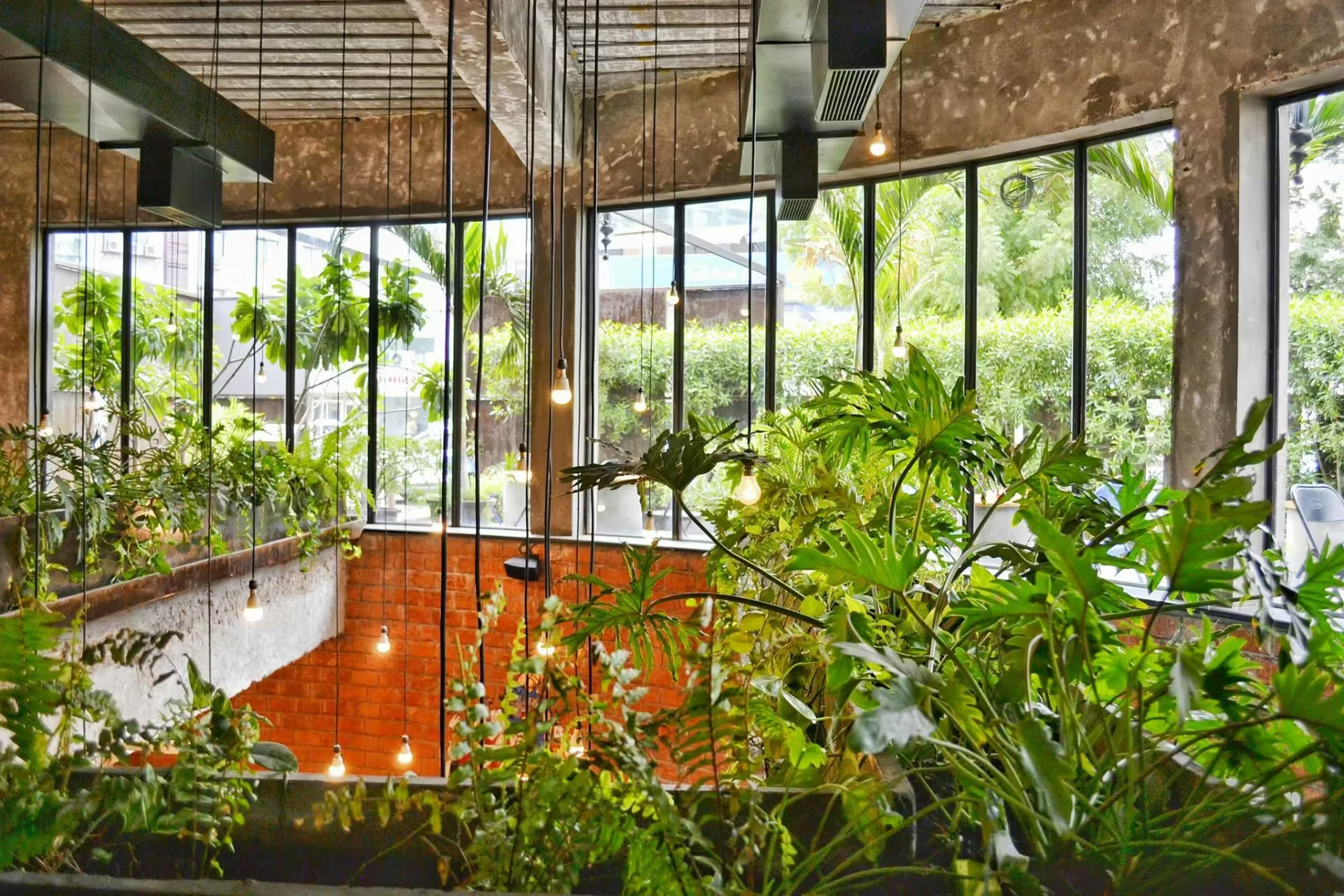Discover the importance of sustainable architecture in India and explore eco-friendly design principles, materials, and technologies for a greener future.
As India faces the challenges of rapid urbanization, climate change, and environmental degradation, sustainable architecture has become a critical necessity. Sustainable architecture refers to the design and construction of buildings that minimize harm to the environment and maximize efficiency in energy, water, and materials use.
Why Sustainable Architecture Matters in India
India’s built environment has a significant impact on the natural environment. Buildings account for nearly 30% of India’s energy consumption, 20% of greenhouse gas emissions, and 15% of water usage. Sustainable architecture in India is crucial for reducing the country’s carbon footprint and mitigating the impacts of climate change. With India’s rapid urbanization and growing population, eco-friendly design principles, materials, and technologies are essential for creating a greener future. Sustainable architecture offers a solution to these problems by incorporating eco-friendly design principles, materials, and technologies.
Key Principles of Sustainable Architecture in India
1. Energy Efficiency: Design buildings that maximize natural light and ventilation, reducing the need for artificial lighting and heating/cooling.
2. Water Conservation: Incorporate rainwater harvesting, greywater reuse, and low-flow fixtures to minimize water waste.
3. Material Selection: Choose materials that are locally sourced, recycled, recyclable, and sustainably harvested.
4. Waste Reduction: Implement waste management strategies during construction and occupancy.
5. Indoor Air Quality: Design buildings that promote natural ventilation, air filtration, and non-toxic materials.

Innovative Sustainable Design Strategies in India
- Green Roofs: Incorporate vegetation into building design to insulate, reduce stormwater runoff, and create habitats.
- Passive Design: Orient buildings to maximize natural light, ventilation, and heating/cooling.
- Renewable Energy Systems: Integrate solar, wind, or biogas energy systems into building design.
- Modular Construction: Use prefabricated, modular components to reduce waste and improve efficiency.
Indian Case Studies and Examples
1. IGBC Platinum-rated buildings: Many Indian buildings have achieved IGBC (Indian Green Building Council) Platinum ratings, showcasing excellence in sustainable design.
2. Tata Power’s Solar-Powered Building: A net-zero energy building in Mumbai that incorporates solar panels and energy-efficient systems.
3. CII-Sohrabji Godrej Green Business Centre: A sustainable building in Hyderabad that showcases green architecture and energy efficiency.
Sustainable architecture is crucial for India’s future development. By incorporating eco-friendly design principles, materials, and technologies, architects can create buildings that minimize harm to the environment and maximize efficiency. As India continues to grow and urbanize, sustainable architecture must become a priority for architects, builders, and policymakers.



